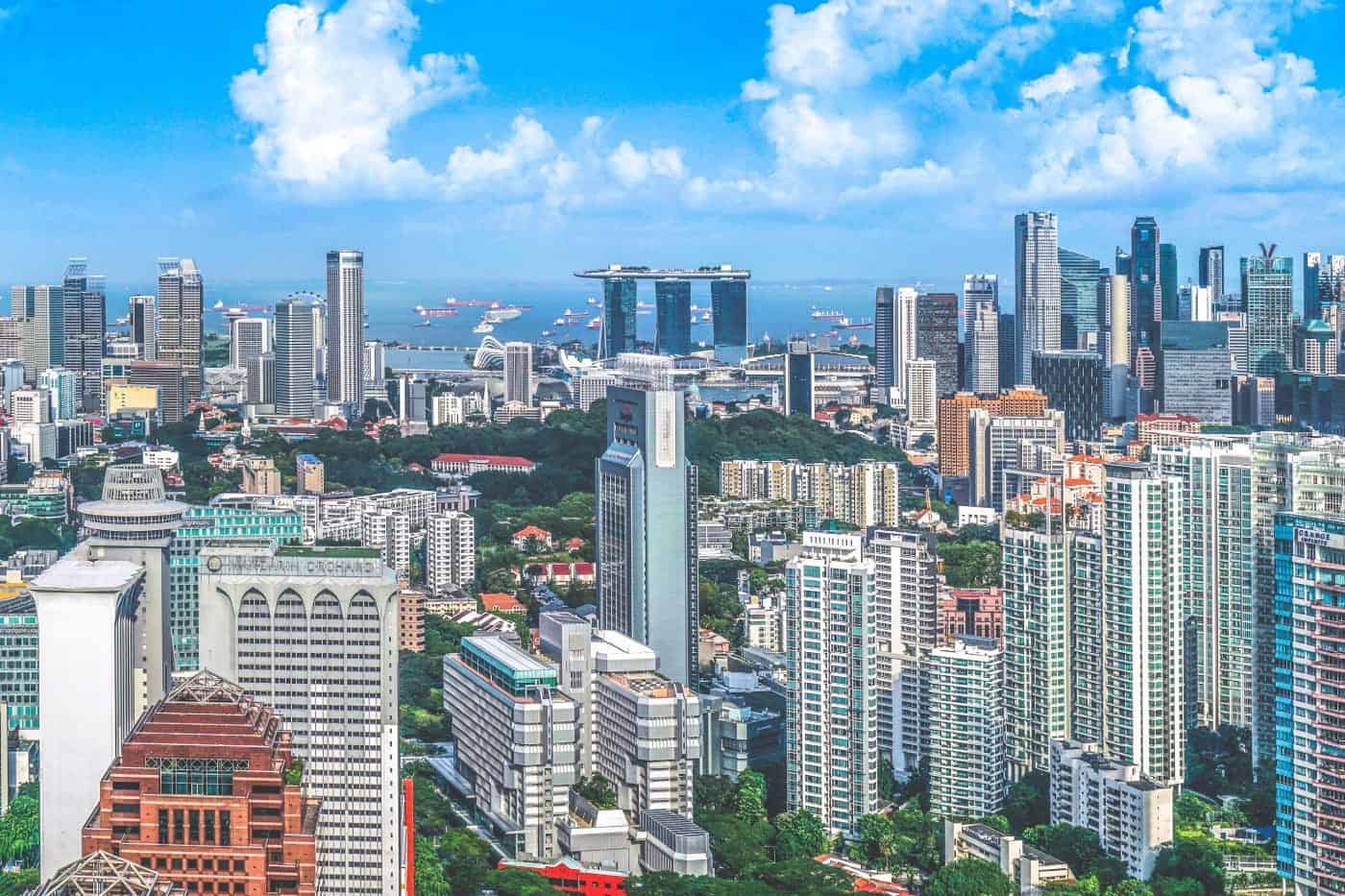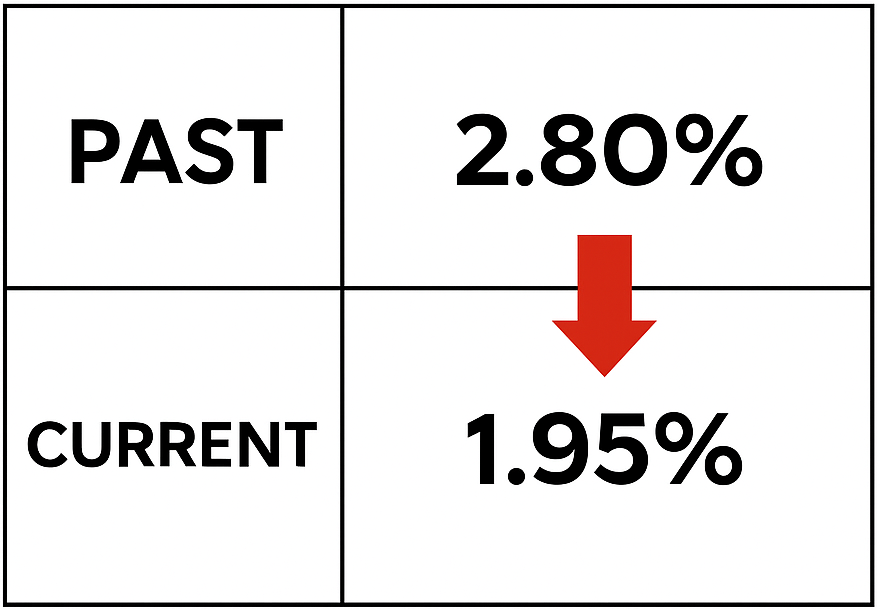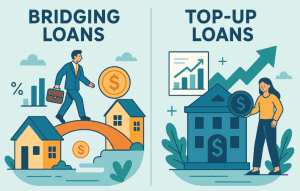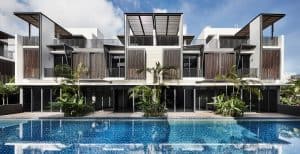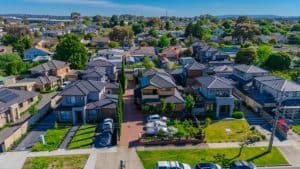Thinking of buying a home or investing in property in Singapore? Then you need to understand how the island is divided — by districts and regions.
From the luxury hotspots in District 9 and 10 to the up-and-coming suburbs in the OCR, every area tells a different story. This 2025 guide breaks down Singapore’s 28 districts and 5 main regions, helping you compare prices, lifestyle perks, and growth potential.
Let’s dive into the map — and find the right location for your goals.
What Are the Districts in Singapore?
Singapore may be compact, but its property market is anything but simple. The island is officially divided into 28 districts, each with its own character, price point, and appeal.
From the upscale neighborhoods of District 9 to the heartland estates in District 23, these zones help buyers and investors navigate the diverse landscape of Singapore real estate.
How is Singapore divided into 28 property districts?
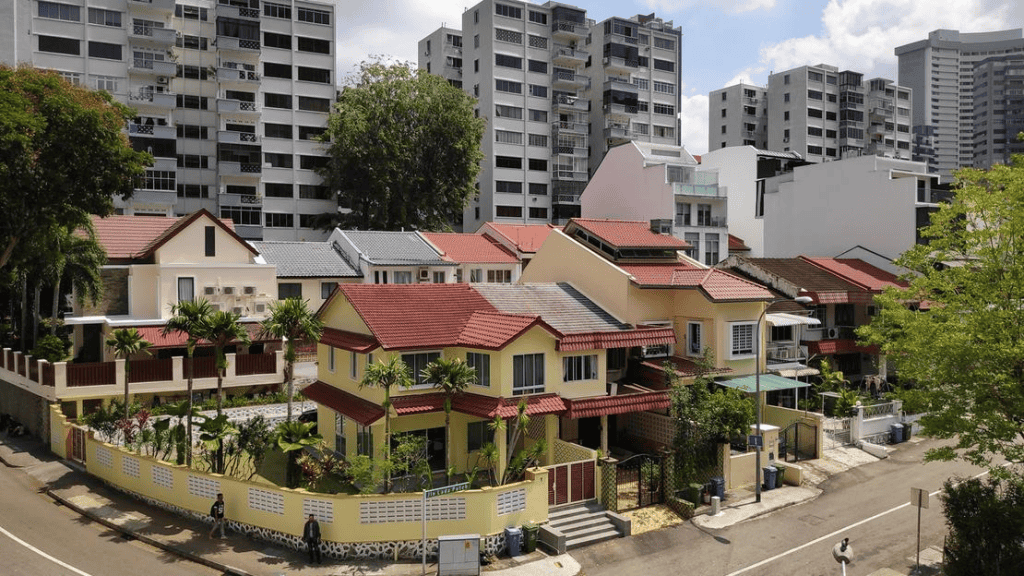
Singapore’s property landscape is split into 28 districts, each covering different parts of the island. These districts were originally created for postal and land administration, but today, they’re commonly used in the real estate world to categorise location, prestige, and pricing.
Here’s how the districts are generally grouped:
Singapore Property Districts Breakdown – CCR, RCR & OCR Explained
| Districts | General Area | Region |
|---|---|---|
| 1–11 | Orchard, Tanglin, Novena, CBD | Core Central Region (CCR) |
| 12–16 | Geylang, Marine Parade, Queenstown | Rest of Central Region (RCR) |
| 17–28 | Tampines, Woodlands, Jurong, Choa Chu Kang | Outside Central Region (OCR) |
District numbers matter most when comparing prices, but for homebuyers, it’s more helpful to focus on lifestyle and amenities. Just because a unit is in District 10 doesn’t automatically mean it suits your needs or budget.
What’s the difference between a district and a planning area?
This is where many buyers get confused.
- Districts are used by property agents and banks.
- Planning areas are set by the Urban Redevelopment Authority (URA) and used for official town planning.
So while District 15 may sound attractive, it actually overlaps with several planning areas like Marine Parade, Katong, and Joo Chiat — all with very different vibes.
Here’s a quick breakdown:
Singapore District vs Planning Area – What’s the Key Difference?
| Term | Used by | Purpose |
|---|---|---|
| District | Agents, buyers, banks | Pricing, branding, investment appeal |
| Planning Area | URA, government, developers | Zoning, urban planning, amenities |
If you’re planning ahead, tools like the URA Master Plan and our mortgage loan repayment calculator can help align your finances with the long-term vision for your area.
Why do districts matter in home buying and investing?

Knowing your district helps you make smarter decisions — whether you’re buying to stay or buying to rent.
Here’s why it matters:
- Price Benchmarking – Compare unit prices fairly within the same district.
- Capital Appreciation – Prime districts tend to see stronger long-term growth.
- Loan Approval & Valuation – Banks often evaluate properties by district.
Personal take: I’ve seen many buyers fixated on getting into “famous” districts, but some of the best returns have come from underrated spots in the OCR. With smart financing (like a UOB home loan or DBS package), you might find better value where others aren’t looking.
CCR, RCR, OCR — What Do They Mean?
Singapore’s property districts are grouped into three broad zones: the Core Central Region (CCR), the Rest of Central Region (RCR), and the Outside Central Region (OCR).
These groupings matter — they influence property prices, loan approvals, and even buyer demand.
Think of it as Singapore’s way of segmenting urban versus suburban living.
Which districts fall under Core Central Region (CCR)?
The CCR is the heart of Singapore — home to luxury condos, embassies, and high-end shopping streets. It includes:
- District 1: Raffles Place, Marina Bay
- District 2: Tanjong Pagar
- District 9: Orchard, River Valley
- District 10: Bukit Timah, Holland
- District 11: Newton, Novena
Core Central Region (CCR) Property Snapshot – Price, Buyer Profile & Investment Appeal
| CCR Highlights | Details |
|---|---|
| Price Range | $$$$ – Premium pricing |
| Property Types | Luxury condos, landed homes |
| Buyer Profile | Foreign investors, high-net-worth |
| Investment Appeal | High capital appreciation |
CCR projects often require larger upfront cash or CPF. Check out your loan eligibility early — a private property loan may give you better flexibility than an HDB loan if you’re buying in these districts.
What makes the Rest of Central Region (RCR) unique?
The RCR is often called the city fringe — close to the CBD, but more affordable than the CCR.
It includes:
- District 12: Toa Payoh, Balestier
- District 13: Potong Pasir, MacPherson
- District 14: Geylang, Paya Lebar
- District 15: Katong, Marine Parade
- District 20: Bishan, Thomson
RCR properties are especially attractive to upgraders and younger buyers who want city access without the steep prices.
In my opinion, districts like 13 and 15 are sweet spots. You get excellent connectivity, vibrant lifestyle hubs, and solid appreciation — without paying “Orchard Road” premiums.
Why is the Outside Central Region (OCR) popular with families?
The OCR covers suburban areas — think quiet estates, bigger flats, and parks nearby.
Key OCR districts include:
- District 17: Changi
- District 18: Tampines, Simei
- District 19: Hougang, Sengkang, Punggol
- District 22–24: Jurong, Bukit Batok, Bukit Panjang
- District 27–28: Yishun, Sembawang
Why families love it:
- Affordable new BTO and resale options
- Proximity to schools and malls
- Larger unit layouts for multigenerational living
If you’re eyeing an OCR resale or private unit, use a mortgage broker to compare multiple bank rates — some OCR condos offer high rental yield at entry-level pricing.
How Are Singapore’s Regions Grouped?

Aside from the 28 districts and 3 market segments (CCR, RCR, OCR), Singapore is also divided into five official regions under the URA Master Plan: Central, North-East, East, North, and West.
These regions are mainly used for town planning — but they also play a huge role in where people choose to live, especially based on lifestyle and budget.
What are the five regions in Singapore’s Master Plan?
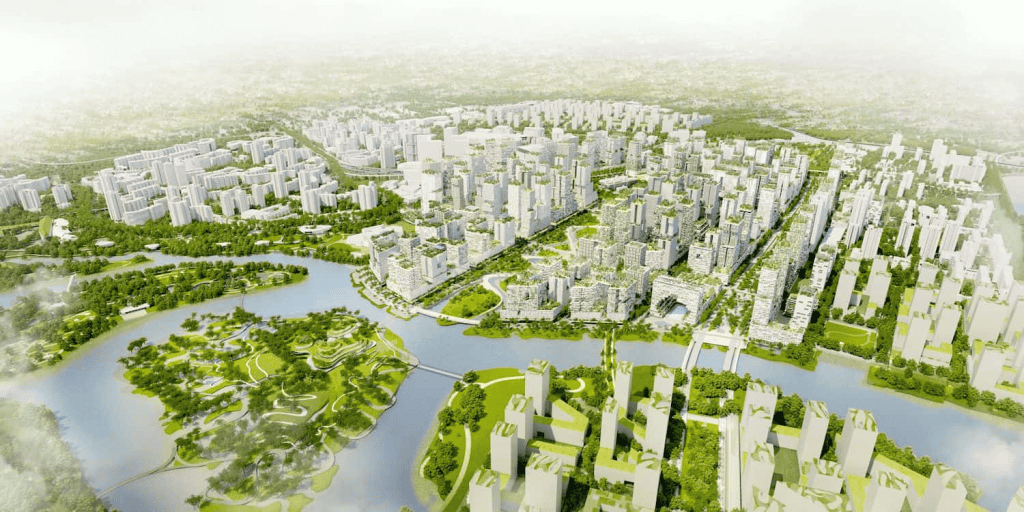
The Urban Redevelopment Authority (URA) defines the five main regions as:
- Central Region – CBD, Orchard, Bukit Timah, Toa Payoh
- North Region – Woodlands, Yishun, Sembawang
- North-East Region – Hougang, Sengkang, Punggol
- East Region – Bedok, Tampines, Changi
- West Region – Jurong, Bukit Batok, Clementi
Source: URA Master Plan
These regions help Singapore plan everything from transport to housing supply and community hubs.
How do North, East, West, Central, and North-East differ?
Each region has its own character — and trade-offs.
Singapore Region Comparison – Central, East, West, North & North-East
| Region | Strengths | Considerations |
|---|---|---|
| Central | Near CBD, top schools, mature estates | High prices, smaller units |
| East | Coastal, lifestyle-friendly, airport | Somewhat pricier resale condos |
| North-East | Family-friendly, newer towns | Fewer legacy amenities |
| North | Quiet, near nature parks | Further from city, limited MRT lines |
| West | Up-and-coming, business hub (Jurong) | Can be industrial in parts |
If you work remotely or value space over speed, the North Region offers bigger homes at a lower price — but check your financing limits using our HDB loan guide before committing to a larger unit.
Which region suits your lifestyle and budget best?
Here’s a quick breakdown to help match regions with buyer needs:
- Families: North-East or East
- Young professionals: Central or RCR in East
- Investors: West (Jurong) or fringe Central
- Students / academics: Central (near Bukit Timah, Kent Ridge)
- Multigenerational homes: North or OCR districts with 5-room layouts
Always match loan eligibility to long-term goals. A flashy 3-bedder in the East may be tempting, but if your CPF usage or TDSR is tight, refinancing later could be tricky. Explore options early using tools like our refinance home loan guide.
Key Highlights of Popular Districts
Some districts in Singapore consistently grab attention — either for their prestige, price potential, or livability. Let’s break down a few that stand out in each region.
What stands out about Districts 9, 10, and 11 in the CCR?
These are Singapore’s “old money” zones — prime, central, and packed with lifestyle perks. Think:
- Orchard Road shopping
- Top schools (ACS, SCGS, Nanyang)
- Exclusive landed enclaves in Bukit Timah
Districts 9, 10, 11 are known for:
- High resale value
- Luxury developments and freehold options
- Strong appeal to both locals and foreign buyers
If you’re buying in these areas, it helps to work with a bank loan that gives you better valuation flexibility. You can start with this OCBC home loan guide to compare your rates.
Why are Districts 14 and 15 in the RCR so competitive?
Districts 14 (Geylang, Paya Lebar) and 15 (Katong, Marine Parade) sit right on the edge of the city — giving them the perfect mix of access and affordability.
What buyers love:
- MRT access via East-West and upcoming Thomson-East Coast Line
- Vibrant food culture and heritage
- More freehold options compared to newer OCR condos
Property in these districts moves fast. Prices have crept up steadily, and with more new launches near Paya Lebar, it’s staying hot. If you’re unsure whether to jump in, our property blog breaks down upcoming project launches and trends in this zone.
What’s attracting buyers to OCR districts like 19 and 23?
District 19 (Hougang, Sengkang, Punggol) and District 23 (Bukit Panjang, Choa Chu Kang) are OCR powerhouses. These areas are especially popular with young couples and first-time buyers.
Why buyers love them:
- BTO availability and resale options
- Parks, schools, and growing malls
- Larger unit sizes for less money
Here’s a quick comparison:
OCR District PSF & MRT Access Comparison
| District | Average PSF (2025 est.) | MRT Line(s) |
|---|---|---|
| 19 | $1,400–1,600 | NE Line, Cross Island |
| 23 | $1,250–1,500 | Downtown, NS Line |
Expert tip: If you’re eyeing a unit in these areas, don’t ignore financing strategies. OCR districts often see more buyers using CPF grants and refinancing. Learn how to optimise both with our refinance HDB loan guide.
Region vs District — What’s More Useful to Know?
If you’ve been browsing listings or talking to agents, you’ve probably seen both district numbers and region names thrown around. But which one actually matters more when it comes to buying smart?
Short answer: it depends on your goal.
Are regions or districts more useful for property research?
- Use regions if you’re early in your search. They help you zoom out and understand town planning, major transport links, and future growth zones.
- Use districts when you’re comparing specific condo prices, shortlisting viewings, or studying past trends.
My advice is to start wide with regions, then narrow down into districts. This helps you avoid tunnel vision and catch great-value homes you might’ve skipped.
For example, someone set on “District 15” might miss good buys in District 14 — just one MRT stop away.
How do prices differ when comparing by district vs region?

Prices vary widely within a single region. Here’s a simplified view:
Singapore Region PSF Ranges and Key Districts
| Region | Low-End PSF | High-End PSF | Notable Districts |
|---|---|---|---|
| Central | $1,900 | $3,300+ | 9, 10, 11 |
| North-East | $1,300 | $1,800 | 19 |
| East | $1,400 | $2,200 | 14, 15 |
| West | $1,200 | $1,700 | 22, 23 |
| North | $1,100 | $1,500 | 25, 27, 28 |
So while “East Region” might sound affordable, prices in District 15 could match CCR rates — especially for freehold condos near Katong.
Want to estimate your monthly payments by district? Use our mortgage loan calculator to get clarity fast.
Which do banks and agents care more about: region or district?
Agents mostly use districts — because they’re how listings are grouped on portals and how past transactions are logged.
Banks also assess value by district, especially when it comes to mortgage approvals and determining loan quantum.
That said, regional zoning still matters for broader planning. If you’re curious about how URA plans impact property zoning, we explain it further in our URA guide to planning areas (external).
Where Are Property Prices Heading in 2025?
With cooling measures, rising interest rates, and evolving buyer preferences, Singapore’s property market in 2025 is anything but static. If you’re wondering where the prices are going — and which districts are worth watching — here’s what you need to know.
Which districts show strong historical price appreciation?
Historically, CCR districts have seen steady long-term growth, especially during periods of low supply.
Top performers:
- District 9: Orchard / River Valley
- District 10: Holland / Bukit Timah
- District 11: Newton / Novena
- District 15: Katong / Marine Parade
Districts With Highest PSF Appreciation
| District | Avg. PSF 2020 | Avg. PSF 2024 | Appreciation |
|---|---|---|---|
| 9 | $2,650 | $3,150 | +19% |
| 10 | $2,400 | $2,900 | +21% |
| 15 | $1,950 | $2,400 | +23% |
Source: URA Property Price Index
Expert opinion: While prime districts remain resilient, entry costs are steep. For younger buyers or investors, look at fringe RCR or OCR zones with infrastructure upgrades — they tend to catch up fast.
What are the undervalued regions in today’s market?
Some areas are still flying under the radar — even with strong fundamentals.
Watchlist for 2025:
- District 17 (Loyang, Changi) – Proximity to airport + future mixed-use plans
- District 22 (Jurong) – Strong government backing, JRL boost
- District 23 (Bukit Panjang, Hillview) – Larger units, nature parks, lower PSF
These zones are seeing gradual appreciation but remain more affordable than mature CCR and RCR districts.
Use tools like our Singapore mortgage broker platform to compare loan packages in emerging regions. It’s a smart way to stretch your dollar before prices climb further.
How might future launches affect prices by area?
Launch activity can shift demand and supply dynamics quickly. Here’s what to expect:
- Tampines and Tengah: BTO clusters and eco-town planning could raise OCR appeal
- Paya Lebar: Mixed-use transformation will increase RCR competition
- Jurong Lake District: Still underpriced considering long-term commercial plans
Keep an eye on the HDB BTO Launch schedule to track supply pipeline.Pro tip: If you’re buying into an area with future launches, expect short-term price stability but long-term upside. Locking in a fixed-rate loan or refinancing early might help you ride the appreciation wave — check out our refinance guide for options.
How to Choose the Right Area to Live or Invest In
With 28 districts and 5 planning regions to pick from, choosing the right area can feel overwhelming. But it all boils down to your goals, lifestyle, and budget.
This section will help you shortlist with clarity.
Which districts are best for rental yield and resale value?

If you’re investing, aim for high rental demand and steady capital appreciation.
Here’s a breakdown:
Best Districts for Rental Demand and Capital Growth in Singapore
| District | Type | Rental Demand | Appreciation Potential |
|---|---|---|---|
| 14 (Geylang) | RCR | High (city fringe, MRT access) | Strong |
| 15 (Katong) | RCR | High (expats, lifestyle area) | Strong |
| 19 (Hougang, Punggol) | OCR | Moderate to high (families, newer stock) | Moderate |
| 22 (Jurong) | OCR | Growing (JLD development) | High |
Expert tip: Look beyond yield — some properties may be easy to rent but hard to sell later. Areas like District 22 (Jurong) strike a rare balance between both.
What lifestyle amenities come with each region?

Matching your daily life to your area matters more than just PSF.
- Central: Dining, shopping, medical access, short commutes
- East: Coastal parks, sports hubs, cafes, near airport
- North-East: Community hubs, newer malls, schools
- West: Business parks, tertiary education, MRT upgrades
- North: Nature reserves, space, less density
Quick snapshot:
Best Residential Regions in Singapore by Buyer Profile
| Region | Best For |
|---|---|
| Central | Professionals, small families |
| East | Expats, lifestyle-focused couples |
| North-East | Young families, upgrader market |
| West | Long-term investors, students |
| North | Large families, retirees |
How can first-time buyers narrow down their choices?
Start with what you must have:
- Budget range (including downpayment & loan eligibility)
- Size and flat type (3-room, 4-room, EC?)
- Commute and school priorities
- Eligibility for HDB vs private
Use our BSD & loan calculator to model upfront costs and avoid surprises during booking.
Then shortlist 2–3 regions and go for physical viewings — you’ll learn more in one Saturday of house-hunting than hours of online scrolling.
Final Thoughts — Which Area Is Right for You?
There’s no one “best” district or region in Singapore — only the one that fits your needs, goals, and budget.
If you’re buying for own-stay, think long-term lifestyle and liveability. If you’re investing, prioritise growth potential, tenant demand, and flexibility in loan structuring. And always weigh trade-offs: freehold vs new launch, space vs centrality, yield vs appreciation.
Not sure where to begin? That’s normal.
Here’s what you can do next:
- Shortlist 2–3 regions that fit your life stage
- Compare loan options early so you’re not caught off guard
- Speak to an expert for tailored advice based on your financial profile
Ready to move from browsing to buying?
Get started with a trusted advisor at Ace Mortgage — they’ll help you find the best home loan for your ideal location and guide you through every step.

